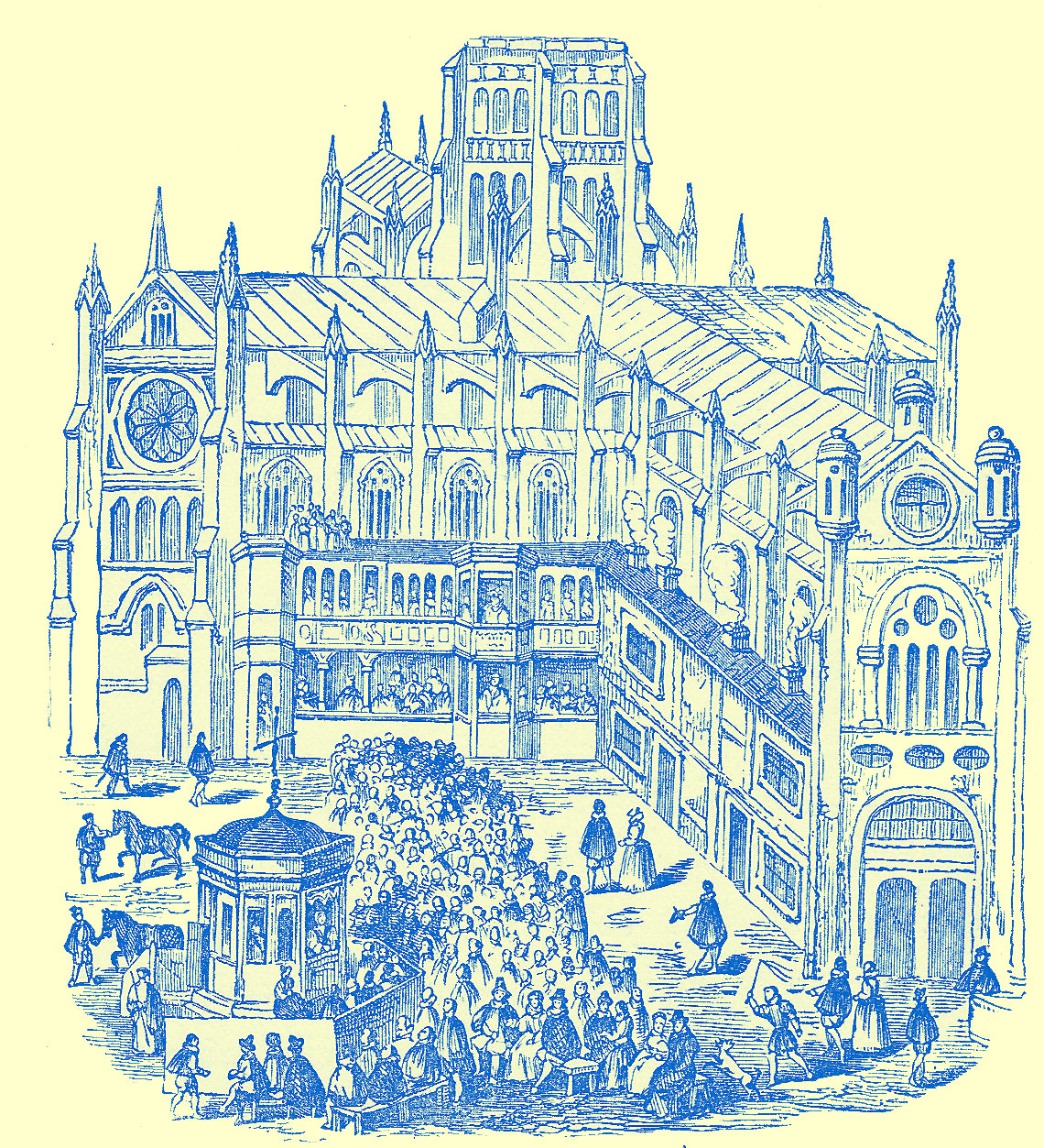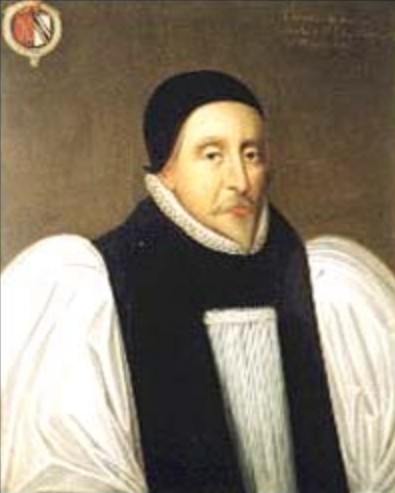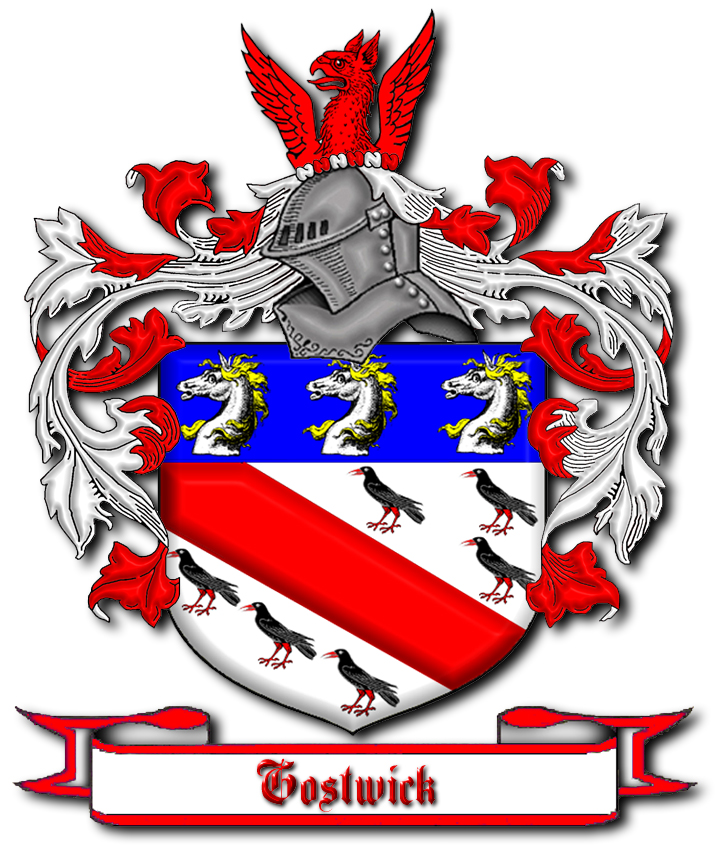Thomas Egerton, first Viscount Brackley (1540–1617), Lord Chancellor, illegitimate son of Sir Richard Egerton, landowner, of Ridley, Cheshire, and servant girl Alice Sparke Sir Richard Egerton's grandson (he claimed descent from Robert Fitzhugh, Baron of Malpas in William I's time. One of several illegitimate siblings, he was raised up in the household of Thomas Ravenscroft (d c 1553), Bretton, Flint.
Early career, 1556–1581
He entered Brasenose, Oxford (1556) and Lincoln's Inn (1560)where he was caught up in a notorious Catholic circle. He escaped censure from Star Chamber (69) by producing a certificate of conformity (others were imprisoned) but his call to the bar was postponed (until 72). It was a time of intense study. By 76 he was sufficiently established to marry his stepfather's youngest, Elizabeth (d 1588), mother of Sir John, first Earl Bridgwater (1579-1549) and Sir Thomas (1574–1599). In 79 he became a bencher of his inn and (82) delivered the Lent reading. A good practice was established with patronage from several prominent people.
Solicitor-general and attorney-general, 1581–1596
Private practice continued but was increasingly submerged by public duties. In 81 he was appointed solicitor-general, at Elizabeth I's insistence it seems. In 82 he was elected recorder of Lichfield. In 84 and 86 he was MP for Cheshire then Reading (89). As a law officer of the crown in the 80s he necessarily laid aside youthful sympathy for Catholicism and became heavily involved in prosecuting recusants and Jesuits (Vaux, Campion, Percy [Northumberland], Mary, Queen of Scots and the Babington conspirators, Howard [Arundel], Perrot).
He became in course of time a Calvinist, implacably imposed to ‘the devilish doctrine of Rome’. However (88ff) he called for a distinction between the simple led by error - pity not punishment - and others dangerous, wilful and seditious. Many thought him ‘an arrant hypocrite and deep dissembler’ though his ability and judgement were widely recognised. He became a particular friend in the 90s to young Robert Devereux, Earl of Essex.
Already by 92 he was seen as a possible Lord Keeper but was first Attorney-general. In 94, already the most important member of the Queen's council in the Welsh marches (from 86), he was made Chamberlain of Chester, knighted and made Master of the rolls. He began with typical zeal, immediately seeking to restore certain prerogatives (eg recovering possession of the Rolls Chapel, obtaining annulment of earlier reversionary grants of offices in his gift). He was less successful fighting off other interferences with his patronage (eg he failed to bring public records at the Tower of London under his control). His efforts were largely self-interested but as head of the chancery administration was concerned at growing court interference with his department for reasons of financial gain.
Lord keeper, 1596–1617
In 1596, he became Lord Keeper, (again Elizabeth's personal choice) being allowed to retain the rolls until the Queen chose a successor - which she never did. Not fully welcomed by the Cecils, there was no serious competitor and general reaction was favourable. The unprecedented conjunction of offices did little for dispatch of business but put him in a unique position to reform chancery. He took opportunity to improve procedure and efficiency. It is generally supposed that his best work was in the 90s, though he was too conservative and too touchy about his own sources of income for very radical reform.
In 1597 he married second wife Elizabeth (d 1600), daughter of Sir William and Margaret More of Loseley, Surrey, widow of Sir John Wolley and Richard Polsted. She died 1603, shortly after the death of his eldest son (wounded serving in Ireland with Essex). He suffered the further blow of a personal betrayal by the earl, whom he had befriended in his troubles. His third wife was Alice Spencer (1559-1637), daughter of Sir John and Katherine Spencer, Althorp, Northampton, widow of Stanley, Earl of Derby. The marriage brought further wealth but no happiness. A prominent court lady and cultured patron of literature, the beautiful, wealthy dowager countess seemed a good match (she had extensive property secured by chancery decree) but was haughty, profligate, greedy, ill-tempered. He writes of ‘tempests and storms’ in this marriage wearing him down (1610).
On James I's accession, he was briefly reappointed Lord Keeper and made Baron Ellesmere (with a large estate), but relinquished the rolls. That same year he was made Lord Chancellor. He presided over chancery and Star Chamber another 14 years and conducted a number of state trials, (eg Raleigh, gunpowder plotters, Carr [Somerset]). In his judicial roles he did not always maintain proper independence. Coke said he ‘told the king that he as chancellor was keeper of the king's conscience and therefore whatsoever the king directed in any case he would decree accordingly’. His manner of dispensing justice in ordinary cases, though, at least earlier on, impressed the profession. During his time the first specialist reports of chancery cases were preserved, also the first extensive Star Chamber reports.
He encouraged favourites at the bar, especially Bacon who worked with him on matters of state and eventually succeeded him. He could be very sharp with lesser practitioners who exceeded their duty and once promised to ‘abolish and extirpate all solicitors ... caterpillars of the common weal’. He was even sharper with criminal defendants, being fond of telling them that punishments ought to be heavier than the law permitted.
To be continued (based on ONDB)



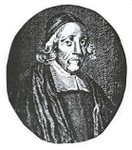

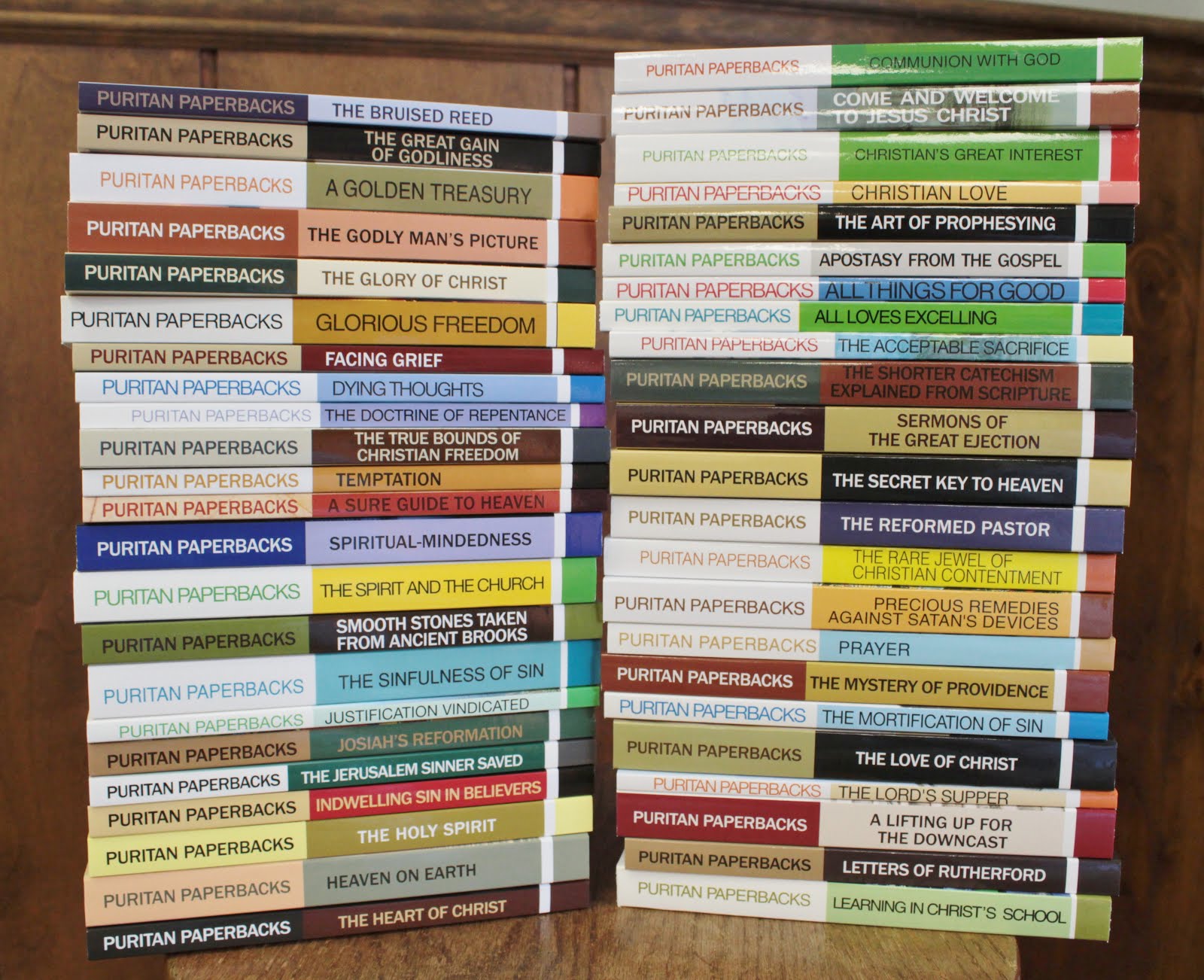







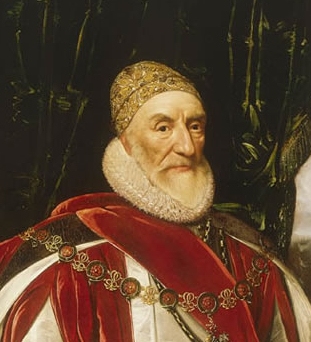
.jpg)











